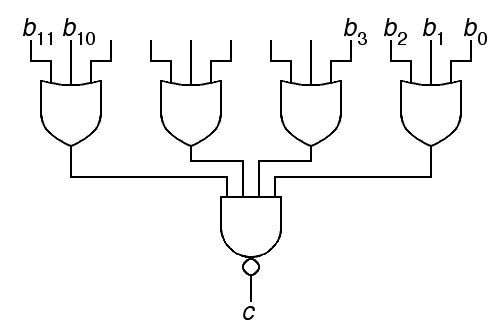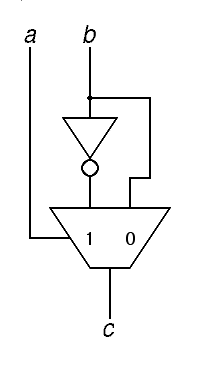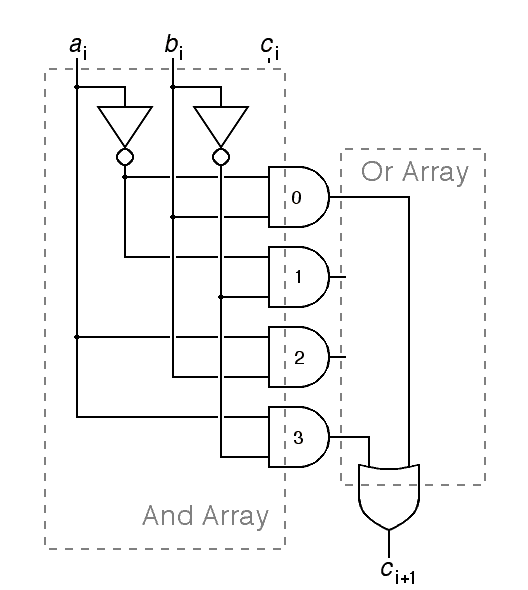A problem: Write a subroutine that takes a pointer to a null-terminated string as a parameter and edits that string, converting all upper case letters in that string to lower case. (The string must be stored in RAM, not ROM, for this to be possible. This is not a machine problem. If your code is correct and legible, it will receive full credit even if it is handwritten.) (1.0 points)
; change all upper case letters in string to lower case
; (note, no activation record is needed here)
TOLOWER:
; expects R3 = s, pointer to string
; uses R4 , for packing and unpacking characters
; R5 = ch, the character at *s
TOLOOP: ; for (;;) {
LOADS R4,R3
EXTB R5,R4,R3 ; ch = *s -- the char pointed to by s
BZS TODONE ; if (*s == NUL) break
CMPI R5,'A'
BLT TOENDF
CMPI R5,'Z'
BGT TOENDF ; if ((c>='a')&&(c<='z')) {
ADDI R5,R5,'a'-'A' ; ch = ch + ('a' - 'A')
STUFFB R4,R5,R3
STORES R4,R3 ; *s = ch
TOENDF:
ADDSI R3,1 ; s = s + 1 -- advance to next char
BR TOLOOP ; }
TODONE:
JUMPS R1 ; return
if (!((ch < 'A')||(ch > 'Z'))) ch = ch + ('a' - 'A');
A problem: Apply DeMorgan's laws to the Boolean expression on the if statement. The result should be easier to read. (0.2 points)
if ((ch >= 'A')&&(ch <= 'Z')) ch = ch + ('a' - 'A');
To simplify this problem, let's imagine for the moment that the Hawk has a 12 bit word with bits B11 (the most significant bit) through B0 (the least significant bit). Furthermore, assume that there are just 3 bits per byte, so byte zero consists of B0, B1 and B2, and byte three consists of B9, B10 and B11.
a) Give a Boolean expression for the C condition code as a function of bits B0 to B11. (0.3 points)
C = not( (B0 or B1 or B2) and (B3 or B4 or B5)
and (B6 or B7 or B8) and (B9 or B10 or B11) )There are, of course, multiple solutions because of DeMorgan's laws.
b) Draw out a schematic logic diagram equivalent to the above. Legibility is important here. If you can't draw a straight line, use a ruler. (0.3 points)
if (b) a=!c; else a=c;
a) Draw a neat and legible schematic logic diagram showing how to compute the exclusive-or of two variables using a 2-input multiplexor and a not-gate. The logic is exactly the same as the code above. (0.3 points)
b) The Hawk has no instruction to compute the exclusive-or of two variables, analogous to the ^ operator in languages like C and Java. Instead, a two-instruction sequence is required to compute this. Give the sequence required to compute R3=R3^R4. (0.3 points)
EQU R3,R4
NOT R3
a) (0.3 points) Give the truth table for an equivalence circuit with inputs a and b and output c. (0.3 points)
a b c 0 0 1 0 1 0 1 0 0 1 1 1
b) Use the general methodology for converting any truth table to a logic circuit given in the middle of Chapter 8 of the notes to derive the logic circuit for equivalence from your truth table. (0.3 points)
The above solution is completely un-optimized. Gates 1 and 2 in the and array, for example, are obviously extraneous and can be eliminated.


